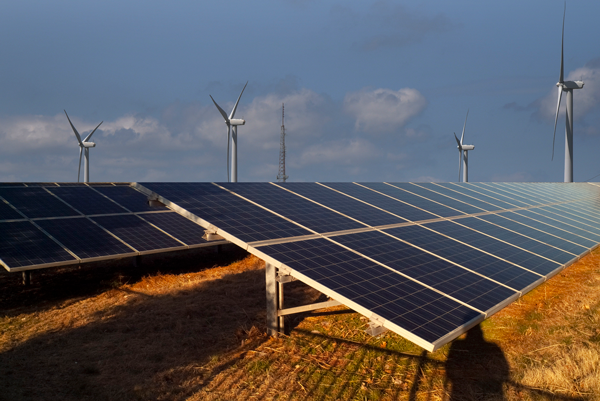By: David Jenkins
Climate change mitigation is gathering momentum around the world as Governments and corporates commit to targets of net zero emissions by 2050.
It is clear, however, that people around the world are already living in a world in which climate stress is becoming more apparent.
Fire, flooding and volatile temperature change are almost commonplace, and are making us face a complex new reality.
Australia is already preparing for a long hot summer, and smoke from preventative backburning blanketed Sydney in September.
It was an uncomfortable reminder of the 2019 bushfires, and a warning that those fires may not be an isolated event or something which occurs decades apart.
As society addresses these challenges a rigorous and considered approach to infrastructure and asset management is required, and the response is much more nuanced than simply investing in renewable energy.
Mitigation is one approach but it also needs to be complemented with resilience and adaptability.
The investment cases around solar and wind energy, the hydrogen economy and carbon capture have been well expounded and these are key mitigation strategies, but beyond that there is a whole world of other infrastructure assets which will be impacted by climate change.
How these assets perform under climate stress will be critical in determining our success in living in a changing world.
Adaption will come in many forms. It will come from more sustainable packaging materials, from better recycling, and the use of new building materials.
Public assets such as roads and bridges in vulnerable areas will need to be more resilient, as will earthworks around rivers and bridges.
They may need to be improved, extended or even moved, while natural assets can also be factored into future management strategies.
Investing in public transport services and cycleways can take more cars off the road, while improved rail services could reduce road freight volumes.
In many cases the most effective response could be to retrofit existing assets with new technologies, as this could be more cost effective and less disruptive.
IPWEA is a leader in exploring the use of recycled materials in infrastructure assets as we embrace the circular economy.
Our eBook on this can be used globally to enhance knowledge, implement policies and practices, and source appropriate products and also services.
More efficient recycling in infrastructure has a potentially major environmental impact.
Infrastructure accounts for approximately 70% of global greenhouse gas emissions, according to the World Bank, and half of all resources used and waste created globally.
These examples show how meeting the challenges of the future will require a change in thinking about asset management which is broad and all encompassing, and goes beyond a focus on mitigating climate change.
Society can only succeed in adapting to the changes if as much of our infrastructure as possible is either designed or retrofitted based on principles of resilience.
Achieving that is a much bigger fundamental shift, but is the shift in thinking we need as we face an uncertain future.














